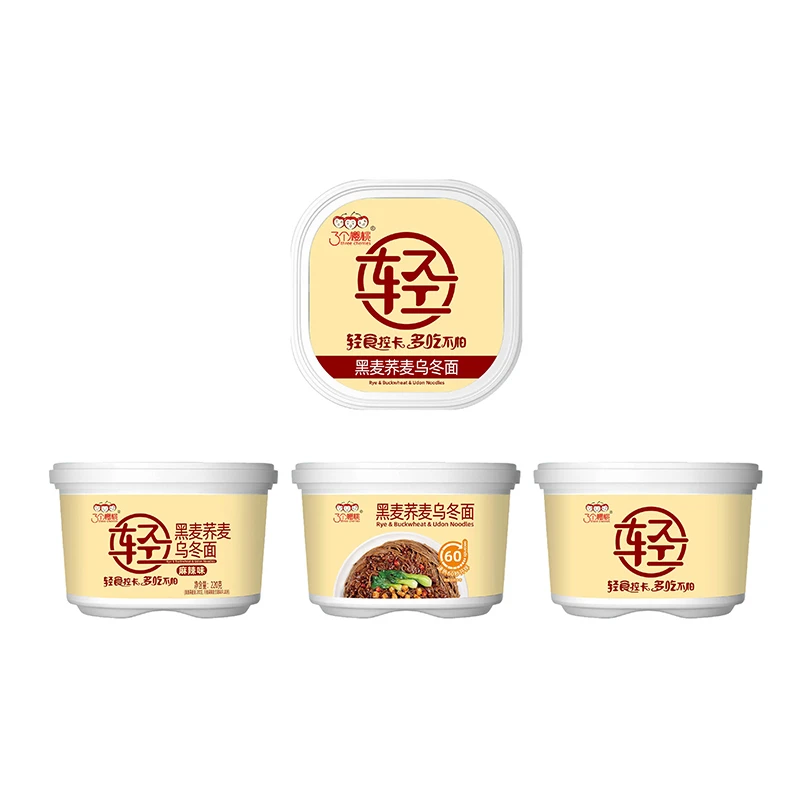soba gluten free
Exploring Soba The Gluten-Free Noodle Alternative
Soba noodles, traditionally made from buckwheat flour, have gained increasing popularity as a gluten-free option for individuals seeking healthier alternatives to wheat-based pastas. Originating from Japan, these thin, brown noodles offer not only a unique flavor but also numerous nutritional benefits, making them an excellent choice for those with gluten sensitivities or celiac disease.
What is Soba?
Soba is a Japanese term that translates to buckwheat. Buckwheat, despite its name, is not related to wheat and is naturally gluten-free. Soba noodles can be made with 100% buckwheat flour, or they may contain a combination of buckwheat and wheat flour. For those strictly avoiding gluten, it's essential to choose 100% buckwheat soba, often labeled as jun soba.
These noodles have a robust, earthy flavor that pairs well with a variety of sauces and vegetables. They can be served hot or cold, making them highly versatile in various dishes. Cold soba, served with a dipping sauce, is especially popular in the summer months, offering a refreshing alternative to heavier meals.
Nutritional Benefits of Soba
Soba noodles pack a nutritious punch. They are an excellent source of protein, containing all nine essential amino acids, which is quite rare for plant-based foods. This makes soba a great option for vegetarians and vegans looking to bolster their protein intake without the need for gluten.
soba gluten free

In addition to protein, soba noodles are rich in dietary fiber, which aids digestion and helps maintain a healthy gut. The high fiber content can also help regulate blood sugar levels, making soba a good option for those managing diabetes. Furthermore, buckwheat is abundant in antioxidants, particularly rutin, which is known for its potential anti-inflammatory and heart-protective effects.
For individuals who are mindful of their calorie intake, soba can be a satisfying, low-calorie option. A one-cup serving of cooked soba contains approximately 113 calories, significantly lower than many wheat pastas, making it an excellent choice for those looking to manage their weight.
Culinary Versatility
One of the most appealing aspects of soba noodles is their versatility in the kitchen. They can be used in numerous dishes—hot or cold, in soups, salads, stir-fries, or simply tossed with a light sauce. The nutty flavor of buckwheat complements a wide variety of ingredients, from fresh vegetables to proteins like tofu, chicken, or shrimp.
Soba noodles are easy to prepare, requiring only a few minutes of cooking. To enhance their flavor, they can be tossed with sesame oil, soy sauce, or other preferred dressings and garnished with green onions or sesame seeds. For a heartier meal, they can be served in a savory broth with vegetables and protein, creating a comforting noodle soup.
Conclusion
With their rich flavor, high nutritional value, and gluten-free nature, soba noodles are a fantastic addition to anyone’s diet, especially for those with gluten sensitivities. Embracing soba means not only enjoying a delightful culinary experience but also leading a healthier lifestyle. Whether served in a traditional Japanese meal or incorporated into modern fusion dishes, soba noodles are versatile and delicious, proving that gluten-free doesn’t have to be bland or boring. So, next time you're looking to try something new in the kitchen, consider reaching for soba noodles—your taste buds will thank you!
-
Unleash Your Inner Chef with Delectable Italian Pasta CreationsNewsAug.01,2025
-
Savor Health and Flavor: Irresistible Soba Noodles for Sale Await!NewsAug.01,2025
-
Nourish Your Body with Premium Organic Ramen - A Culinary Delight AwaitsNewsAug.01,2025
-
Elevate Your Dishes with Our Exquisite Kinds of Egg NoodlesNewsAug.01,2025
-
Dive into Flavorful Convenience with Our Ramen OfferingsNewsAug.01,2025
-
Discover Exquisite Types of Naengmyeon and Chilled Soba NoodlesNewsAug.01,2025
-
Is Whole Wheat Pasta Healthy?NewsMay.30,2025
Browse qua the following product new the we

















































































































